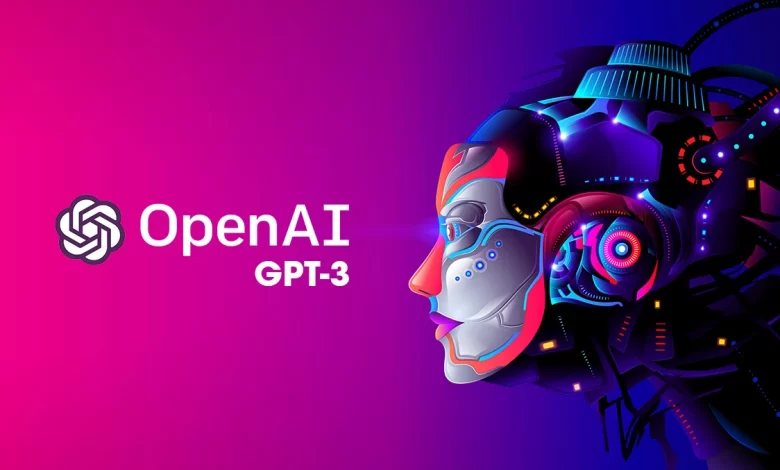The OpenAI GPT-3 Language Model

With a massive 175 billion parameters compared to its predecessor, GPT-2 (also developed by OpenAI), which had only 1.5 billion parameters, GPT-3 is the most compelling language model currently under development.
Thanks to its training on a half-trillion word dataset, GPT-3 is able to identify beautiful language patterns within it. Nuanced interferences can be extracted from large datasets in terms of hidden patterns that are much more complex than the human mind can recognise on its own.
It can write creative fiction and insightful business notes when given human instructions, among many other things. It can even write working code.
Example of GPT-3 Working
Following the publication of the original research in May 2020, OpenAI made the model publicly accessible to a limited number of users via an API. Following that, different GPT-3-generated text samples were shared on all platforms, including social media.
Asking GPT-3 questions is extremely simple, but the model is a very sophisticated text predictor; given some text as input, it can generate the most accurate predictions for the text that will appear next. It is able to duplicate this process by taking the initial input along with the recently generated text, treating it as fresh input, and producing a subsequent text until it reaches a predetermined length.
Furthermore, it has ingested every type of text that is accessible online. The language that GPT-3 generates as a statistically plausible response to the input it receives, based on the text or any previous statements made by humans on the internet, is known as the generated output.
Aside from that, the Kevin Lacker blog has additional information about this Turing test. But it also has some shortcomings. To put it simply, the GPT-3 model is devoid of a comprehensive long-term understanding, purpose, and meaning. Its skill will be limited to producing language output that is usable in a variety of circumstances.
It just indicates that GPT-3 is unpredictable and prone to basic mistakes that a typical human would never make. This does not imply that GPT-3 is a bad tool or that it won’t create a number of helpful applications.
The Possible Misuse of GPT-3
In their work, the OpenAI researchers also addressed its negative impacts using an innovative approach. Although GPT-3 can produce extremely high-quality writing, as of yet, it is unable to distinguish between text that has been created artificially and text that has been authored by a human. The authors thus issue a warning that the language model may be misused.
They also admit that it would be difficult to imagine a malicious use of GPT-3 because it can be recycled for purposes other than those for which researchers had originally intended. Here is a list of GPT-3 misuses:
- Cybercrime (phishing and spam)
- Dishonest academic writing
- Legal and governmental means violations
- Social construction pretexting
GPT-3 has ingested almost everything from the internet, including written words, so the researchers used this as an opportunity to identify the ways in which racial feelings and other thoughts mimic one another throughout a conversation.
Without a doubt, GPT-3 produced an astoundingly high level of technical achievement. It has developed to a cutting-edge, cutting-edge level in natural language processing. It encompasses a clever gift of language creation in a wide range of approaches and procedures that will unlock intriguing possibilities for business owners and marketers.
Unquestionably, GPT-3 is seen as clearly subhuman in many fields and quite amazing in others. By gaining a deeper comprehension of its advantages and disadvantages, researchers could apply contemporary language models to real-time results.
